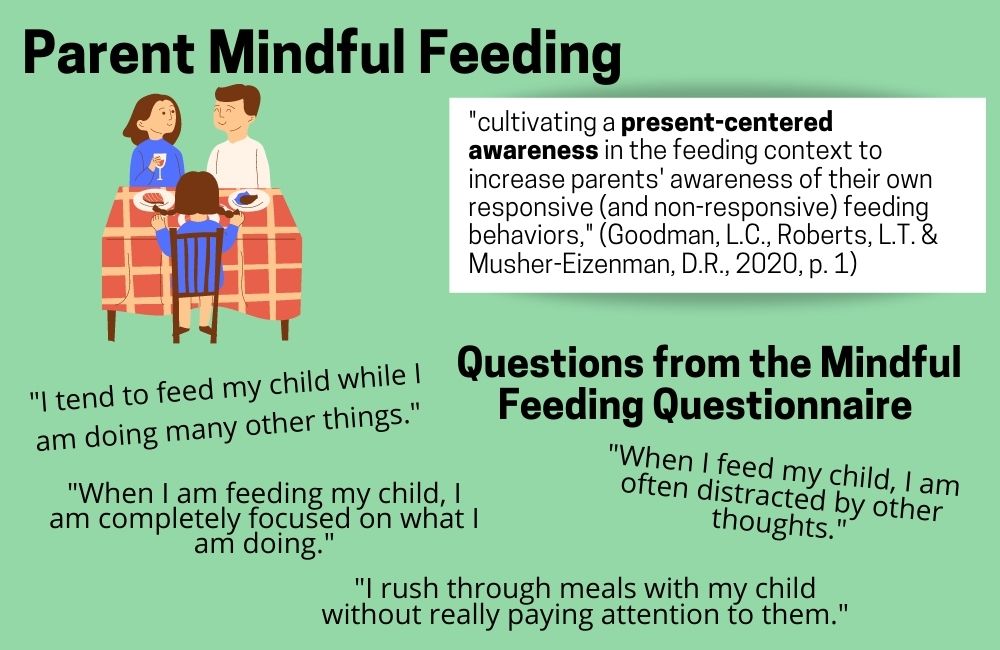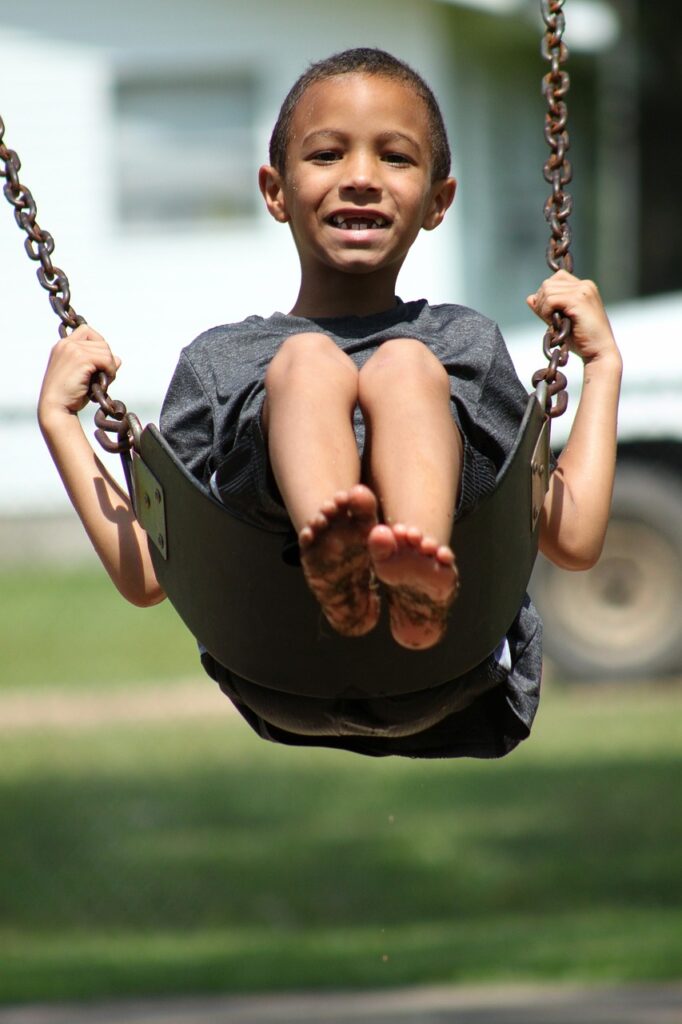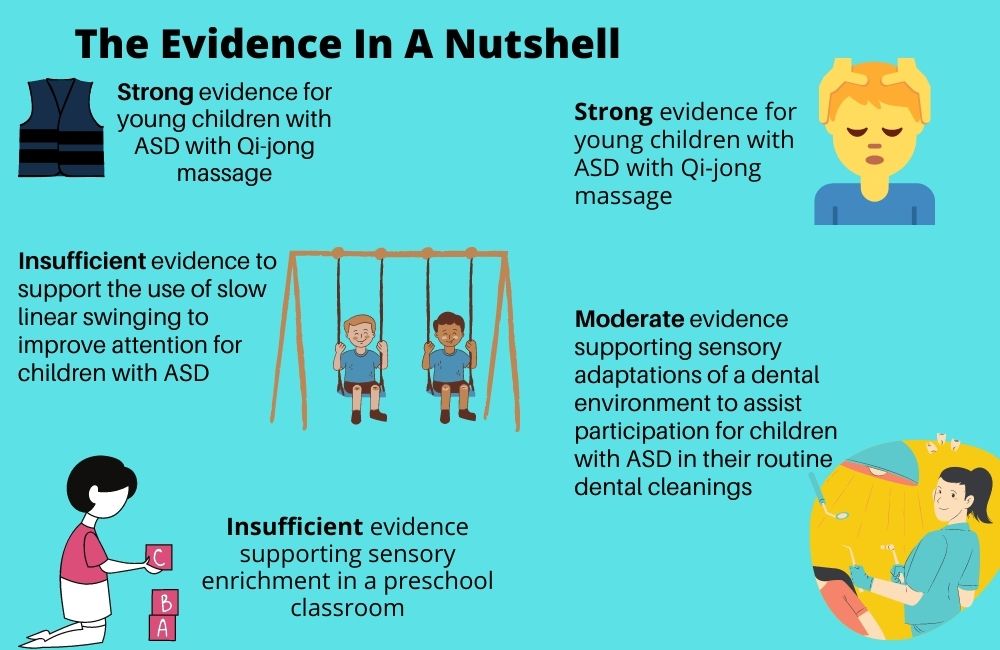
Feeding therapy. I always say it’s a love-hate relationship for me. It’s love because I myself love food and eating. My Italian side of the family is big into cooking, so food definitely is a large part of our culture, and many cultures.
I love seeing kids become more confident and enjoy the process of exploring new foods and flavors. I think it’s fun to be silly with them and talk about taking shark bites vs. mouse bites, seeing who can crunch a carrot the loudest, etc.
The hate side of things isn’t so much a hate as it is a frustration that stems from my impatience. I am through and through a bottom up thinker. I have a hard time not getting to the root of an issue because I feel any progress we’ll see otherwise is likely a temporary bandaid. The struggle I have with feeding therapy is that a child can make lots of progress in the clinic, but seems to have a stand still at home.
As time has gone on, I firmly see that feeding therapy is whole family therapy. That’s not a bad thing, and really every therapy should be that way! However, there are so many emotional dynamics that go into mealtime that unlike learning to cut with scissors, if you don’t somewhat address the bigger emotional dynamic, you’ll likely see very limited progress.
This week’s article is to highlight the connection between family dynamics and feeding outcomes. So while the article doesn’t tell you what to directly do, (although I did write a review that covers that subject) I wanted to review it as a means to support the idea that addressing family dynamics is crucial in feeding therapy.
Journal Eating Behaviors (SNIP score 1.106)
Article Title Mindful Feeding: A Pathway Between Parenting Style and Child Eating Behaviors
- 1A Systematic review of homogeneous RCTs
- 1B Well-designed individual RCT
- 2A Systematic review of cohort studies
- 2B Individual prospective cohort study, low quality RCT, ecological studies; and two-group, non-randomized studies
- 3A Systematic review of case control studies
- 3B Individual retrospective case-control studies; one-group, non-randomized pre-post test study; cohort studies
- 4 Case series (and low-quality cohort and case control study) [This study was a cross-sectional study]
- 5 Expert opinion without explicit critical appraisal
Methods Researchers recruited 496 parents from a sample of a larger study on the topic of feeding. Parents completed an online survey.
Measures
Mindful Feeding Study authors used the Present Centered Awareness subscale of the Mindful Feeding Questionnaire to determine parents’ mindful attention during the process of feeding their children.

Child Eating Behavior Study authors used subscales from the Child Eating Behavior Questionnaire as a means to measure children’s emotional over-eating and food fussiness per parent report.
Problematic Mealtime Behaviors The Problematic Child Mealtime Behaviors subscale of the Meals in Our Household questionnaire served as a tool to gather parent report on mealtime behaviors.
Parenting Style Investigators used the Parenting Practice Questionnaire to serve as a tool to classify parents’ parenting style as authoritative, authoritarian or permissive.
Findings
In general, the parents who self-reported more authoritative parenting reported higher levels of mindful feeding, while those reporting more authoritarian and permissive parenting reported less mindful feeding (Goodman, L.C., Roberts, L.T. & Musher-Eizenman, D.R., 2020, p. 3). Those parents who used mindful feeding strategies more often had children who they reported were less likely to be fussy, less likely to eat in response to emotions and less likely to have problematic mealtime behaviors ((Goodman, L.C., Roberts, L.T. & Musher-Eizenman, D.R., 2020, p. 4).
Authoritative Parenting Per parents’ self-reports, authoritative parenting had a direct and indirect negative impact on children’s emotional over-eating and food fussiness. Meaning, those with an authoritative parenting style had children who were less likely to be fussy and to eat as a reaction to their emotions. This style of parenting did not demonstrate a negative direct impact on problematic mealtime behaviors.
However, when authors assessed how authoritative parenting impacted mindful feeding and how that in turn impacted problematic mealtime behaviors, they did find a significant effect. So, having an authoritative parenting style doesn’t directly impact mealtime behaviors. However, an authoritative style impacts a parents’ mindful feeding habits, which in turn impacts the problematic mealtime behaviors.
Authoritarian Parenting Per parents’ self-reports, authoritarian parenting had a direct and positive impact on children’s emotional over-eating. That is, parents with an authoritarian parenting style reported their children as more likely to eat in reaction to emotions. This result was not seen for food fussiness and problematic mealtime behaviors. As authors assessed how authoritarian parenting impacted mindful feeding and how that in turn impacted problematic mealtime behaviors, food fussiness, and emotional over-eating, they did find a significant effect.
Permissive Parenting Parents who self-reported permissive parenting style had both a direct and indirect positive impact on problematic mealtime behaviors, food fussiness, and emotional over-eating. This means, parents reporting this style also reported their children as presenting with more mealtime behaviors, food fussiness and emotional over-eating.
Things to Consider
The authors mention that it would be beneficial to the research to complete a longitudinal study in which they could assess these outcomes for the same group of parents and children at multiple points in time. This would allow drawing stronger conclusions about the connection between parenting style, parents’ mindful feeding habits and children’s eating behaviors.
Of note is that the sample in this study had a majority demographic of white families (79%), which may impact the ability to generalize findings to the picky eating population. I was not able to find the race demographics for picky eaters, so I can’t conclusively say one way or another.
The study authors also mention that it would be valuable to explore the bidirectional relationship between parents’ mindful eating habits and children’s challenging behaviors, as the children’s challenging behaviors may also impact the parents’ strategies. Finally, they include that exploring other factors, such as other life stressors, that may impact this relationship between parent and child dynamics during feeding would be useful.
What does this all mean for a feeding therapist?
While this data is preliminary and low level evidence, I think it is very important to acknowledge and include families in feeding therapy intervention. I think we are doing a disservice to children and their families if we expect the child’s progress in the comfort of a therapeutic feeding session to transfer over to home without directly also educating parents and caregivers on how to interact with food, respond to their children and shift a mindset of learning to learn about food.
References
Goodman, L.C., Roberts, L.T., & Musher-Eizenman, D.R. (2020). Mindful feeding: A pathway between parenting style and child eating behaviors. Eating Behaviors 36. http://doi.org/10.1016/j.eatbeh.2019.101335


